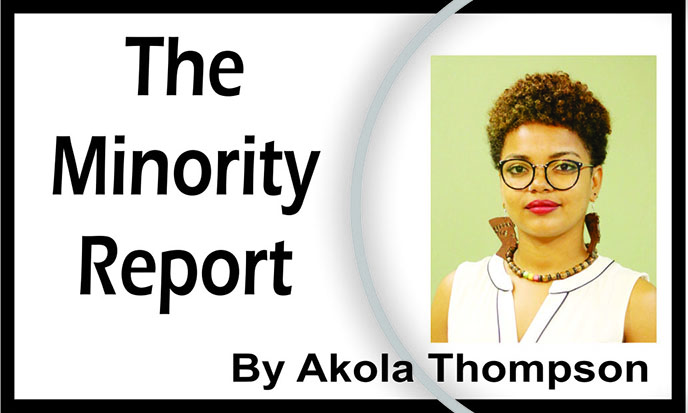In early May, the “Women’s Chronicles” column in Stabroek News did a piece on sexual harassment within the police force. The scope of the problem was described as being an “epidemic.” This was a very fair and unsurprising assessment. While they religiously repeat the mantra of service and protection, the public at large, is very much aware that the police themselves are regular perpetrators of violence.
In spite of this public knowledge, not many of these cases are proven because rarely do the misdeeds of police come to light. The police tend to protect their own and their victims often have no other recourse to justice. Regardless of the nature of errant police crimes, many of their peers are always willing and ready to stand by them. This was why I found the piece so interesting, because there are not many instances where someone within the police force was willing to speak to the extent of things such as sexual harassment within the force, albeit anonymously.
While police violence against marginalized sections of the population such as Black men are frequently explored, something less discussed is the prevalence of sexual harassment and sexual violence against women by police officers. There are many accounts of sexual assault by police officers both on and off duty but these are rarely analyzed. In focusing on the holdovers of white supremacy within the force, the driving elements of toxic masculinity and the “us vs. them” mentality that are central to the culture of the policing system often gets ignored. Addressing any issues within the force would have to look at these intersecting cultural beliefs that really drives police behaviour.
There is a “blue wall of silence” within the police force that encourages fierce loyalty to fellow police officers regardless of their “sins.” While it can be tempting for persons to label it as being the case of a few bad apples, it is much more than that. It is a cultural problem wherein sexual violence and coercion are seen as things that are not too urgent. They are not seen as being moral or ethical failings that require much focus, but rather, are framed as “man and woman” story that will sort its self out. Our out of control domestic violence rates are not just amongst us civilians, but are part and parcel of the force as many police officers are active perpetrators of domestic violence against their wives and girlfriends. Violence against women is something that we have become so conditioned to accept that even if some police officers are not active participants in this violence; there is a tendency for them to become apathetic towards it.
Despite the increase in representation of female officers within the force, police departments are still primarily the realms of men. Within every police station, there is bound to be women who have experienced sexual harassment and/or assault at the hands of their male peers. Complaints often result in transfers of the assailant or their victims and/or an active urging to let the matter rest.
Police sexual assault is of course not reserved for their peers and partners, but also the public and those within their custody. Working within the law enforcement sector, police are aware of the ways in which persons from criminalized margins of society are viewed and they actively bank on that when taking advantage of them. Persons who are underprivileged and those who are seen as being “less than” on the social chain, such as sex workers are frequent victims of police sexual assaults. This is because these persons are more unlikely to be believed when they press charges against the officers.
Officers wield a lot of power and are protected by their peers through collaborative silence and active cover-ups when they abuse others. Even when cases do get reported, getting justice can be really hard for many. An example of this was recently seen in the acquittal of a police officer that was accused of raping a 17-year-old girl. Eleven out of 12 jurors found him not guilty of penetrating the child without consent. Too often, this is the outcome survivors of violence have to contend with. What is needed is not isolated outrage whenever miscarriages of justice happen, but rather, solutions that address the root causes of violence against women. Abuse should not be allowed to go unchecked just because someone in a blue uniform is the perpetrator.





